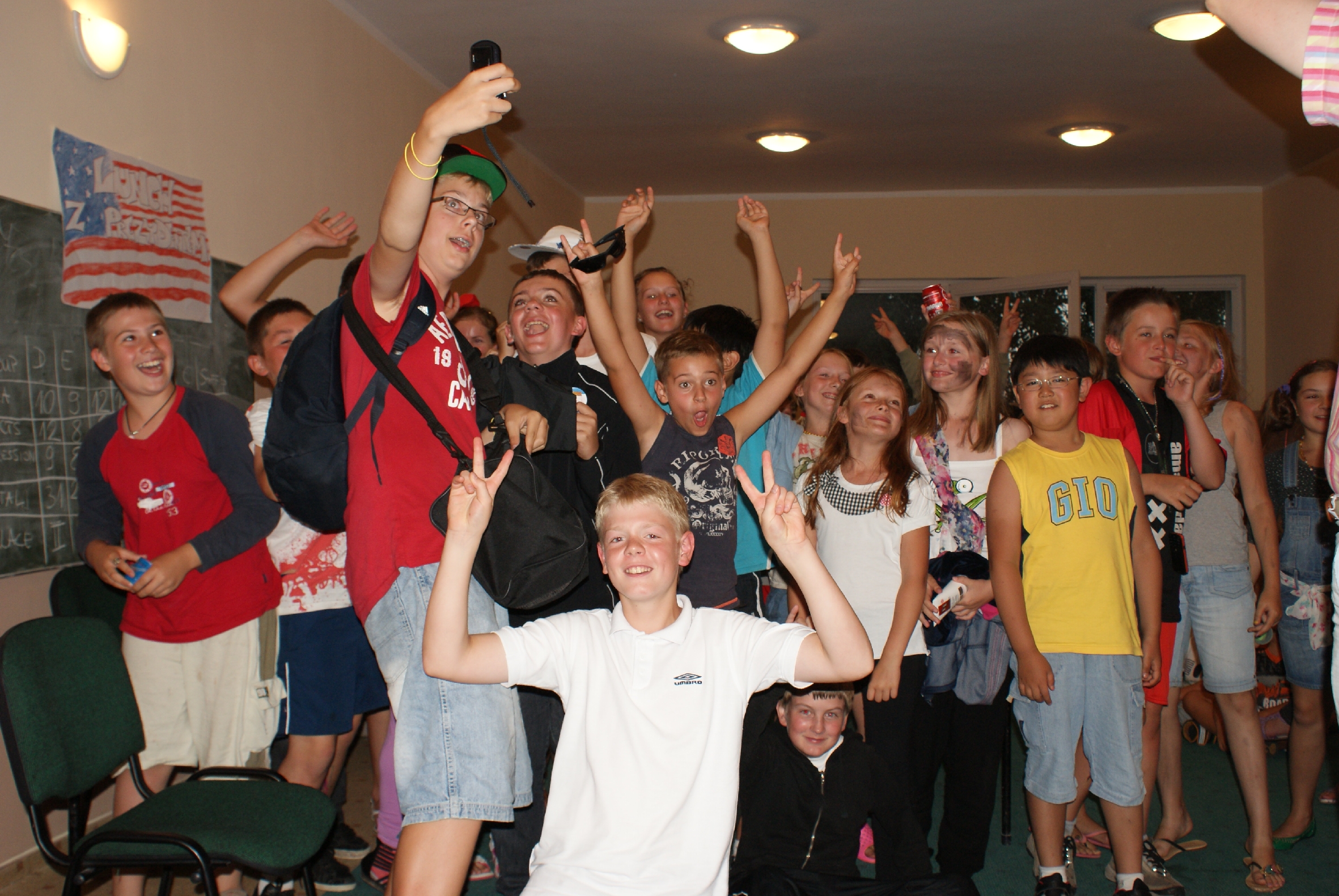


Repetition – be it the mantra of a zikr or the stitching of a needlework piece – revolves around a certain genealogical transparency so engrossing that it verges on transubstantiation one must not just reveal one’s sources but become them.
Lektor polish series#
Such an approach allows us to consider innovation not as a series of ruptures or patricides, as the avant-garde would have us believe, but rather as a continuous process. When push comes to shove, unlike the arts, crafts tend to opt for repetition over difference: an apprentice calligrapher for example, must spend some ten years copying his or her mentor before daring to attempt a flourish of their own. In Friendship of Nations, we often turned to crafts for their ability to decouple innovation from individuality. Upending traditional notions of Renaissance perspective, painting behind glass requires beginning with the outermost layer, say the eyes, and moving inwards towards the background. These range from passion plays and re-enactions of the Stations of the Cross to Ta’zieh, Carnival floats, Muharram alam, as well as banners and reverse-glass painting. One of the more surprising convergences in our studies of Iran and Poland has been the visual culture and craft traditions of their dominant faiths: Shi’a Islam and Catholicism, respectively. Solidarność’s turn to religion and faith for its progressive potential and effective means of resistance, especially in the face of the creeping secular materialism left unchecked after the fall of the Iron Curtain, resonated with an opposition movement in Iran trying to triangulate between political Islam and the desire for a truly representative government. Whether it was the sociologist Zygmunt Bauman, philosopher Leszek Kołakowski, or poet Wisława Szymborska, the new crop of a particular nation’s literature makes a convincing case for early twenty-first century Iran to look to Poland’s late twentieth-century struggle with communism. Following protests in Iran over the results of the 2009 presidential elections, works of Polish authors hitherto untranslated began to pop up in Tehran’s bookstores in Persian. In the nineteenth and twentieth centuries, from tsarist Russia to communist Poland, poets were considered a threat to the state, a stark contrast to their esoteric if not marginal role in Western nations. by Pablo Larios, published by König Books, 2017įeaturing a translation of Czesław Miłosz’s ‘Który skrzywdziłeś’ (You Who Wronged) into Persian, the sound work Samizabt (2013) speaks to the role of poetry as a form of political resistance. This characteristic straddling of materiality and ideology, history and belief, the particular and the absolute” is a tension maintained within the jungle-gym of Régions d’être.Įxcerpt from Slavs and Tatars, ed. If the region of Eurasia is a deliberately broad net to cast, then without any instrumentalization, Slavs and Tatars find, accumulate, and re-present bodies of knowledge and material histories that can seem (to some) minute, niche, and arcane. This characteristic attention and care, deployed with humour, is tied to the collective’s transregional perspective: their understanding that any single place or person is in fact made up of many, and that the specific bleeds into the general. “Despite their specifically-defined geographical remit, and commitment to this particular region, in some ways ‘Eurasia’ (the continental span that includes Asia, the Middle East, and Europe) is a foil: allowing viewers and audiences to consider their own relationships to more general questions of belonging, foreignness, citizenry, and to the multiple subjectivities that dwell, rightfully yet often with conflict, within any single place.


 0 kommentar(er)
0 kommentar(er)
